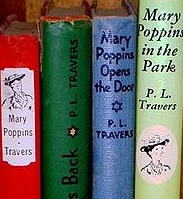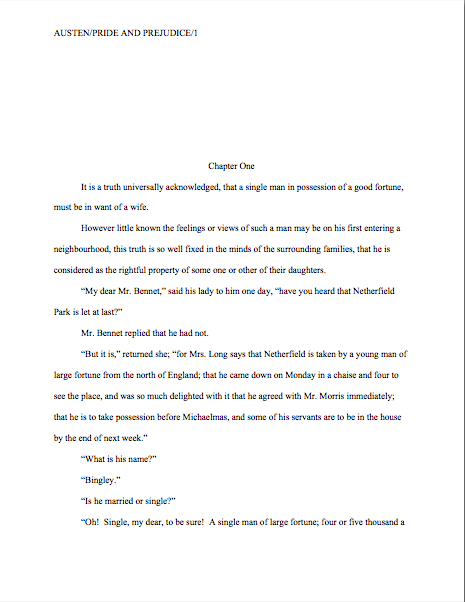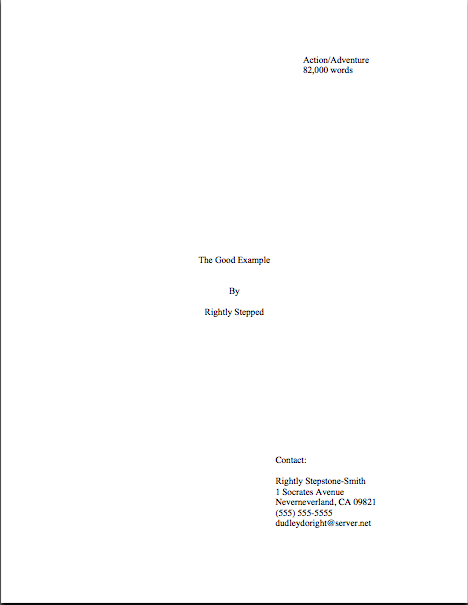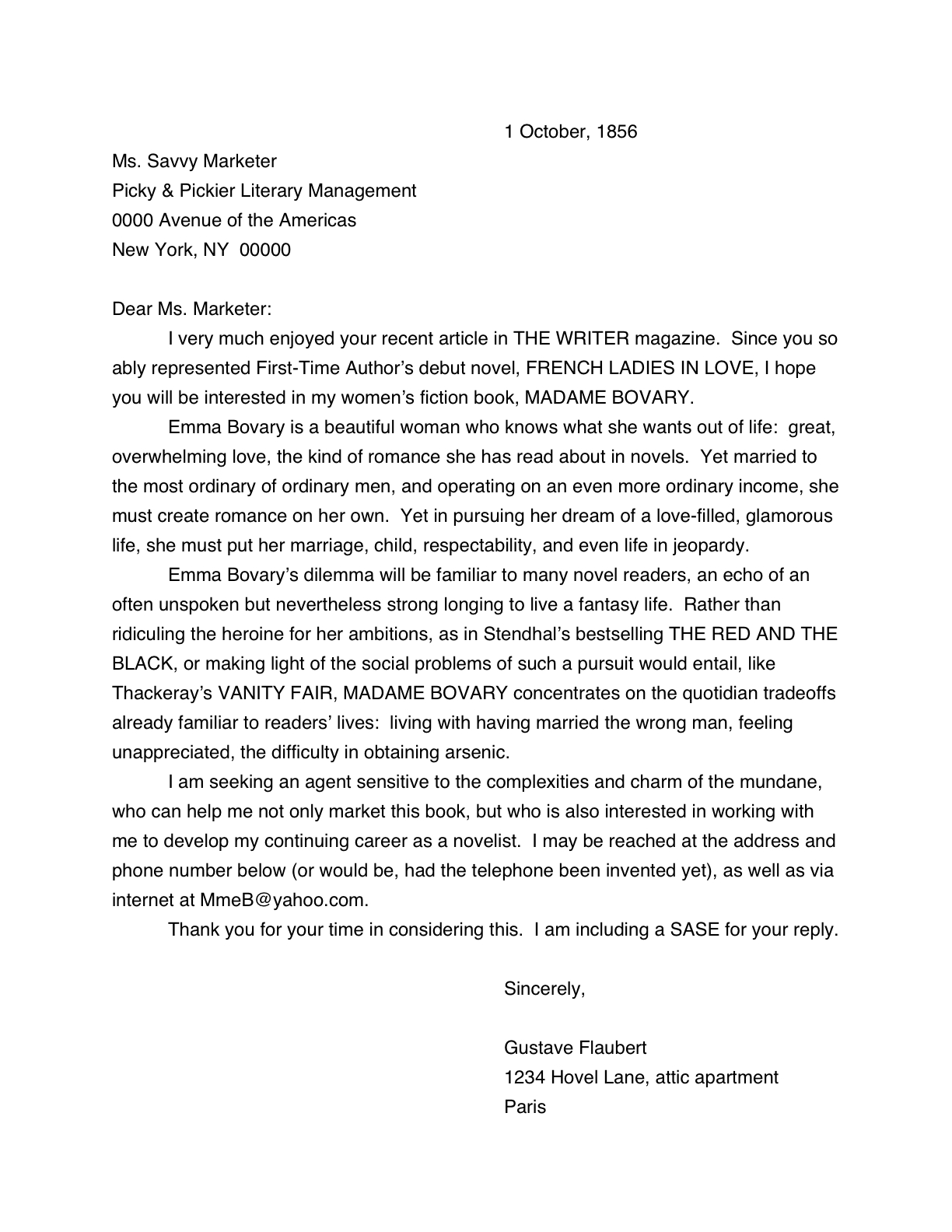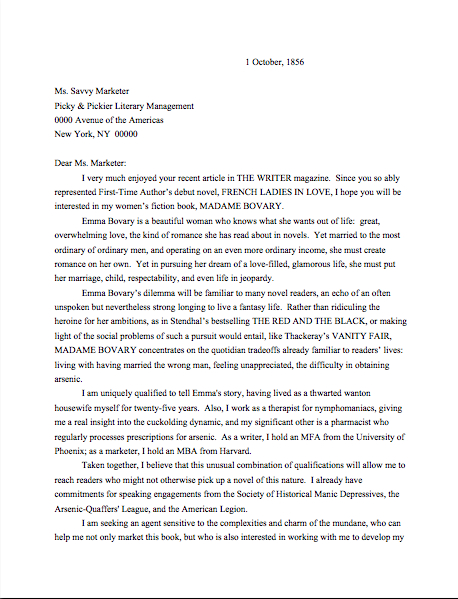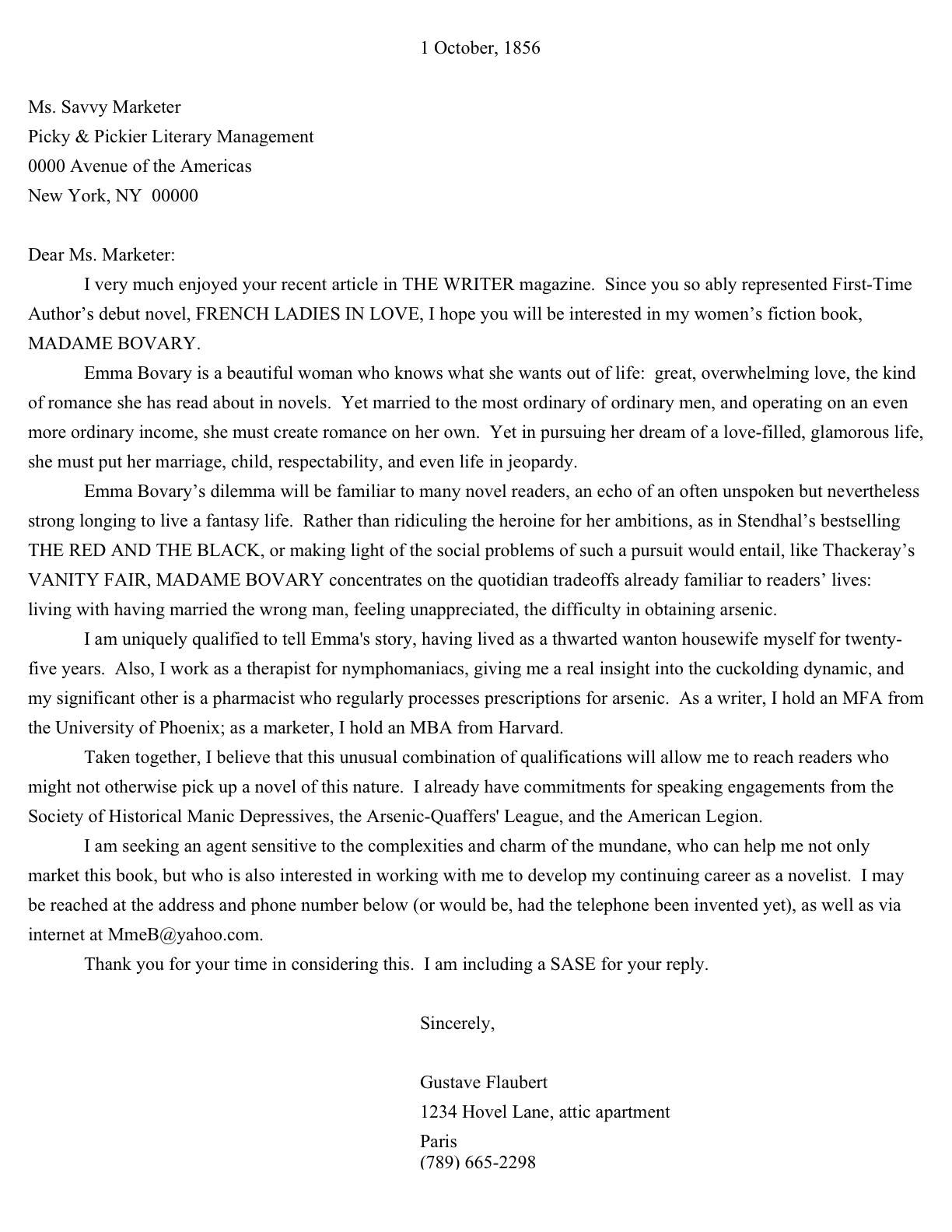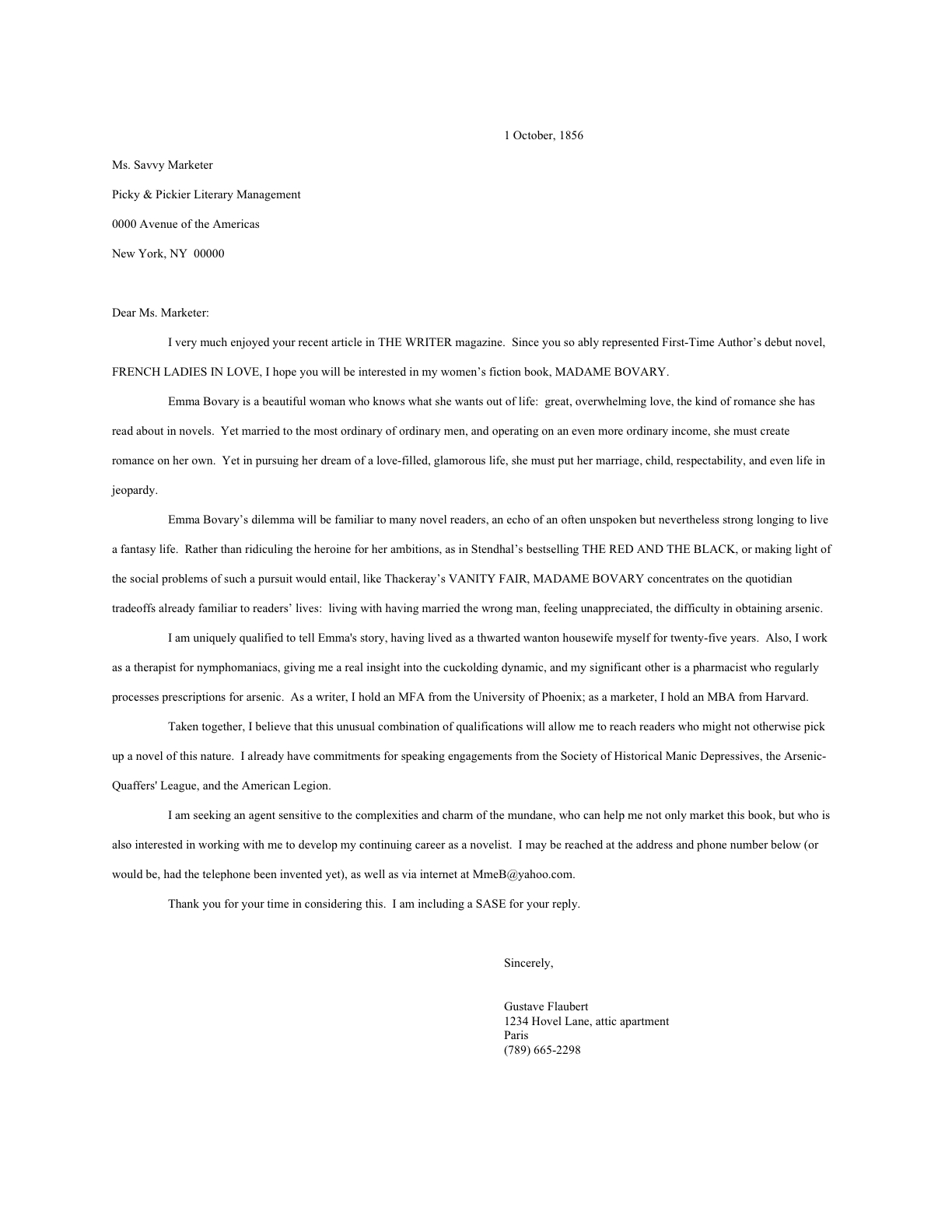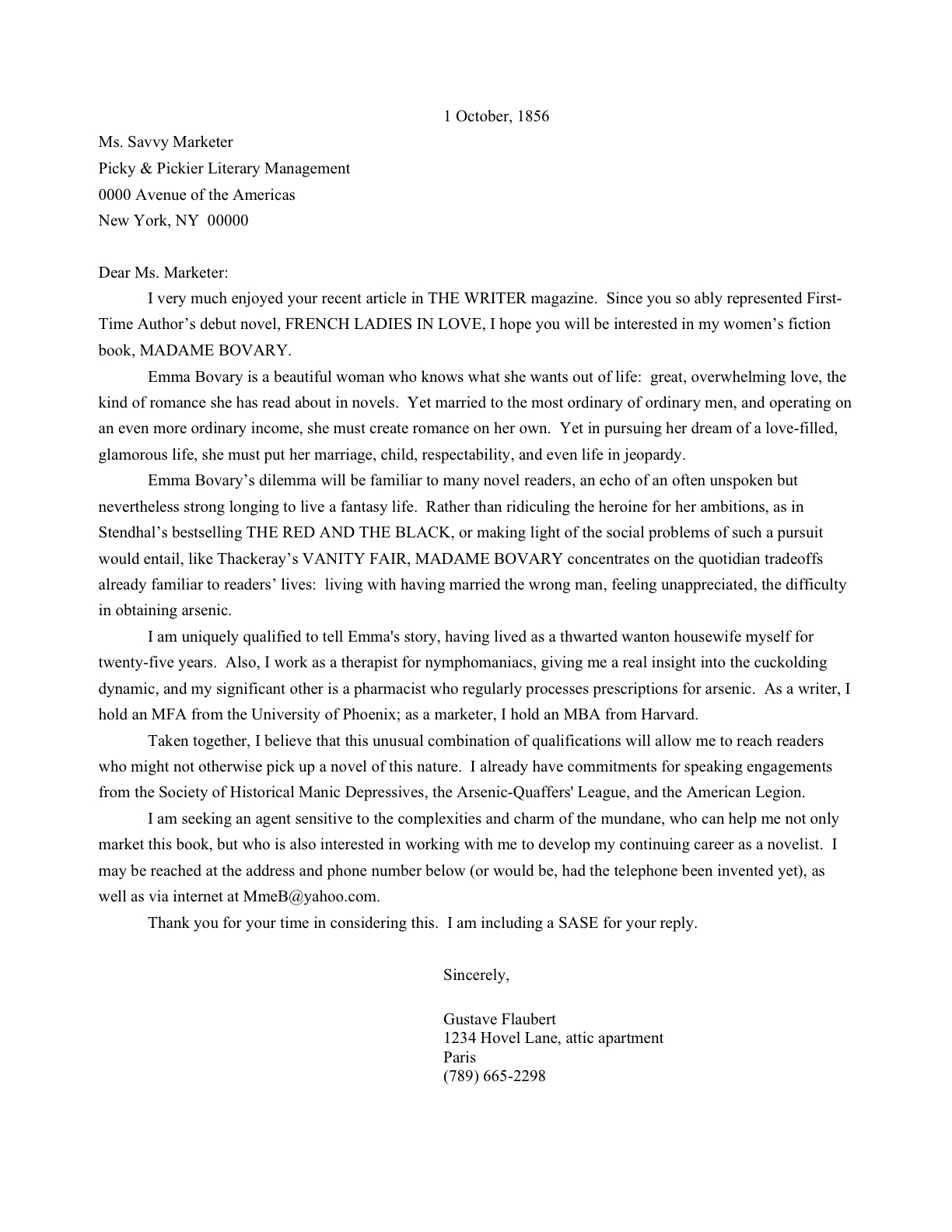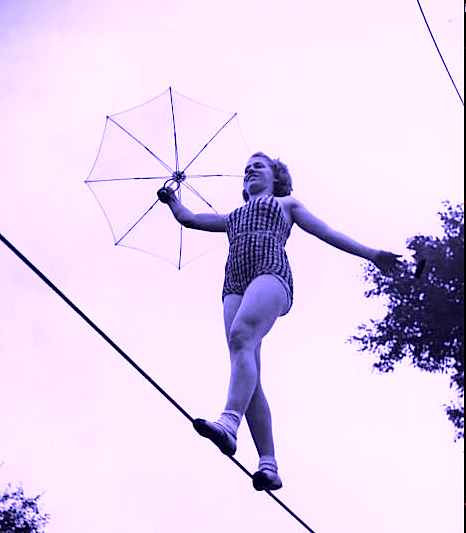Last time, I went on a bit of a tear about how infrequently those of us who regularly give advice to writers — speakers at writers’ conferences, folks like me who blog on writing-related issues, writing teachers, and sometimes even members of critique groups — talk about the practical implications of four of the classic knee-jerk rejection reasons: old-fashioned style, style or storyline too similar to a past bestseller, redundancy, and just plain lack of interest. Since writers chat about these so little amongst ourselves, it’s no wonder that the vast majority of submitters apparently don’t know to self-edit for these.
I’m sure that the sharp-eyed among you spotted a significant omission from that list of potential feedback-givers: the agents, editors, and contest judges who determine the fate of manuscripts. I didn’t include them for the exceedingly simple reason that until a writer is signed, the two former will seldom comment on her work, and most literary contests don’t offer feedback to entrants. 99% of the time, a rejected writer will merely receive a form-letter rejection, regardless of both the actual reasons for rejection and whether the decision to reject was easy or hard.
Did I just hear some jaws hitting the floor out there? I suppose I should explain. For those of you who have not yet begun submitting, it’s extremely rare for a rejected writer to receive any substantive explanation at all from the pros who passed on his work, even if the agent or editor requested the entire manuscript. It’s even become rather common for agents not to respond at all if the answer is no. And that is very frustrating for submitting writers, because such terseness prevents them from learning from the rejection experience.
Which means, incidentally, that since form-letter rejections are practically universal, you shouldn’t regard them as the particularly emphatic negative that they used to be ten years ago. Back then, submissions that were near-misses usually sparked a personalized rejection letter. These days, though, even very polished manuscripts are frequently met with a generic response like this:
Thank you for submitting your manuscript to us, but it does not meet our needs at this time. The market for this kind of book is very tough right now, and I just did not fall in love with this enough to be confident that I can place it. Best of luck elsewhere.
All across the English-speaking world, rejected writers expend huge amounts of energy trying to read between the lines of missives like this in an attempt to extract some practical feedback from it, but the fact is, it means just what it says: the agency is passing on the manuscript in question because, for some reason that its staff doesn’t have the time or will to communicate, the book strikes them as difficult to market.
Which leaves the writer to guess precisely why they reached that conclusion.
After a writer has been submitting for a while — at least long enough to have figured out that the publishing industry has developed generic terms for justifying rejection — it’s only natural to start to chafe at this guessing game. It is likely to occur to one: yes, agency screeners read a lot of submissions in a day, but how hard would it be to scrawl a single sentence fragment in the margins at the point where they stopped reading, so the submitting writer would know why it was rejected? Or even just make a mark on the page, so the writer would know where the screener stopped reading?
Heck, since manuscript problems repeat themselves across submissions, they could just place the appropriate sticker on each page, or invest in a few rubber stamps: Show, don’t tell, or Where’s the conflict? At least then, aspiring writers would know what the red flag was, so they could take steps to improve their pages before submitting them again.
From the rejecter’s point of view, the reasons for being terse in rejecting a manuscript are rather obvious, not to mention identical to why they utilize form-letter rejections for queries: a desire to minimize the amount of time they invest in a manuscript that is not going to make them money (because they will not be marketing it) and not wanting to provoke further argument.
Writers hear much more about the former than the latter on the conference circuit, of course: we’ve all been told over and over again that the sheer volume of submissions requires swift decisions merely in order to plow through them all within a reasonable period of time. Thus the all-too-frequent page 1 rejection — since agencies (reputable ones, anyway) are not actually paid to screen manuscripts, their staffs are encouraged to sift through the tens of thousands of pages they receive with all possible dispatch.
Which means, if we’re going to be blunt about it, that although Millicent the agency screener actually will have a specific reason for rejecting any given manuscript, she really doesn’t have time to communicate it. And honestly, if she’s read only the first page or a fraction of it, it’s not too reasonable to expect a fully fleshed-out analysis of the submission as a whole.
Not wanting to provoke further argument is less discussed on the conference circuit, I suspect, because the very concept is likely to raise ire in the average aspiring writer. By not assigning a specific reason for rejection, an agent reduces the probability that the rejected writer will write or call to demand, “What do you mean, my physical descriptions are heavy-handed? Explain to me precisely why you think so.”
Or, even more likely, to offer eagerly, “You said my protagonist isn’t very likable — but I’ve fixed that now. May I resubmit?”
From an aspiring writer’s point of view, these responses would make abundant sense: by giving specific feedback, Millicent would be opening a conversation about the book, right? Or, better yet, a negotiation. Essentially, by giving editorial advice, she would be implying, if not actually saying, “Revise and resubmit.”
Not entirely coincidentally, back in the days of personalized rejection letters, agencies did often request that writers of promise would revise their work and resubmit it, but that’s become exceedingly rare. Today, well-respected agents receive so many technically perfect manuscripts by talented writers that they can afford to let a fish that needs to grow a bit more get away.
I know, I know: not a very appealing way to think of one’s own work, but you must admit, it’s tremendous incentive to take a fine-toothed comb to your submission, isn’t it?
On that note of brave desperation, let’s return to the Idol list of rejection reasons. (If you do not know what I am talking about, please see the first post in this series.) Today, I want to concentrate on the rejection reasons that would make the most sense for agency screeners to rubber-stamp upon submissions if they were in the habit of doing so: these are the common technical problems that are relatively easy for the writer to fix.
If he knows about them, that is.
My favorite easy-fix on the list is #50, an adult book that has a teenage protagonist in the opening scene is often mistakenly assumed to be YA. This is funny, of course, because even a cursory walk though the fiction section of any major bookstore would reveal that a hefty percentage of adult fiction IS about teenage protagonists.
So why is this perception a problem at the submission stage? Well, in an agency that does not represent YA, the book is likely to be shunted quickly to the reject pile; there is no quicker rejection than the one reserved for types of books an agency does not handle. (That’s one reason that they prefer query letters to contain the book category in the first paragraph, FYI: it enables agency screeners to reject queries about types of books they do not represent without reading the rest of the letter.) And in an agency that routinely represents both YA and adult fiction, the submission might easily be read with a different target market in mind, and thus judged by the wrong rules.
“Wait just a cotton-picking minute!” I here some of you out there murmuring. “This one isn’t my fault; it’s the screener’s. All anyone at an agency would have to do to tell the difference is to take a look at the synopsis they asked me to include, and…”
Stop right there, oh murmurers, because you’re about to go down a logical wrong path. If you heed nothing else from today’s lesson, my friends, hark ye to this: NO ONE AT AN AGENCY OR PUBLISHING HOUSE IS LIKELY TO READ THE SYNOPSIS PRIOR TO READING THE SUBMISSION, at least not at the same sitting. So it is NEVER safe to assume that the screener deciding whether your first page works or not is already familiar with your premise.
Why is this the case? Well, for the same reason that many aspects of the submission process work against the writer: limited time.
Getting pretty tired of that excuse, aren’t you? So is Millicent, in all probability: she needs to figure out whether the submission in front of her is a compelling story, true, but she also needs to be able to determine whether the writing is good AND the style appropriate to the subject matter. An adult style and vocabulary in a book pitched at 13-year-olds, obviously, would send up some red flags in her mind.
So, given that she has 77 submissions in front of her, and she needs to get through them all before lunch, is she more likely to (a) devote two minutes to reading the enclosed synopsis before she turns her attention to the writing itself, or (b) only read the synopses for the submissions she reads to the end?
If you didn’t pick (b), I would really urge you to sign up for a good, practical writing class or attend a market-minded conference as soon as humanly possible; a crash course in just how competitive the writing game is would probably be exceedingly helpful to your writing career. From the point of view of a screener at a major agency, two minutes is a mighty long time to devote to a brand-new author.
I know; it’s sickening. But knowing the conditions under which your baby is likely to be read is crucial to understanding how to make it as rejection-proof as possible.
So for those of you who write about teenagers for the adult market, I have a bold suggestion: make sure that your title and style in the opening reflect a sensibility that is unquestionably aimed at adult readers, so your work is judged by the right rules.
This can be genuinely difficult to pull off if your narrator is a teenager — which brings me to #49 on the Idol list, narration in a kid’s voice that does not come across as age-appropriate. (For the record, both an agent who represents solely adult fiction and one who represents primarily YA noted this as a problem.)
This issue crops up ALL the time in books aimed at adults that are about children; as a general rule of thumb, if your protagonist is a pre-Civil War teenaged farmhand, he should not speak as if he graduated from Dartmouth in 1992. Nor should a narrator who is a 6-year-old girl sport the vocabulary of an English Literature professor.
Usually, though, the problem is subtler. Often, teenage protagonists are portrayed from an adult’s, or even a parent’s, point of view, creating narrators who are hyper-aware that hormones are causing their mood swings or character behavior that is apparently motivated (from the reader’s point of view, anyway) solely by age. But teenagers, by and large, do not tend to think of themselves as moody, impossible, or even resentful; most of them, when asked, will report that they are just trying to get along in situations where they have responsibilities but few rights and little say over what they do with their time and energy.
And yet screeners are constantly seeing openings where teenage girls practice bulimia simply because they want to fit in, where teenage boys act like James Dean in REBEL WITHOUT A CAUSE, where teenage characters flounce off to their rooms to sulk.
Yes, many teenagers do these things, undoubtedly, but in novels, these things have been reported so often that they come across as clichés. And teenage characters and narrators who diagnose these behaviors as an adult would are accordingly rife.
Also, NYC-based agency screeners and editorial assistants tend to be quite young: they weren’t teenagers all that long ago. Sometimes, they are still young enough to resent having been pigeonholed, and if your manuscript is sitting in front of them, what better opportunity to express that resentment than rejecting it is likely to present itself?
So do be careful, and make sure you are showing the screener something she won’t have seen before. Not to give away the candy store, but the best opening with a teenage protagonist I ever saw specifically had the girl snap out of an agony of self-doubt (which could easily have degenerated into cliché) into responsible behavior in the face of a crisis on page 1.
To submission-wearied professional eyes, reading a manuscript where the teenaged protagonist had that kind of emotional range was like jumping into a swimming pool on a hot day: most refreshing.
One of the most common ways to set up a teenage scene in the past involves rejection reason #63, the opening includes quotes from song lyrics. Yes, this can be an effective way to establish a timeframe without coming out and saying, “It’s 1982,” but it is also very, very overused. I blame this tactic’s all-too-pervasive use in movies and TV: in the old days, soundtracks used to contain emotionally evocative incidental music, but in recent years, the soundtrack for any movie set in the 20th-century past is a virtual replica of the K-Tel greatest hits of (fill in timeframe), as if no one in any historical period ever listed to anything but top 40.
I’m fairly confident, for instance, that there was no period in American history where dance bands played only the Charleston, where every radio played nothing but AMERICAN PIE, or every television was tuned to THE ED SULLIVAN SHOW. Yes, even when Elvis or the Beatles appeared on it.
We’re creative people — can’t we mix it up a bit more?
Other than ubiquity, there are other reasons that agents and their screeners tend to frown upon the inclusion of song lyrics in the opening pages of a book. Unless the song is within the public domain — and the last time I checked, HAPPY BIRTHDAY still wasn’t, so we are talking about a long lead time here — the publisher will need to get permission from whoever owns the rights to the song in order to reproduce it. So song lyrics on page one automatically mean more work for the editor.
Also, one of the benefits of setting a sentiment to music is that it is easier to sound profound in song than on the printed page. No disrespect to song stylists, but if you or I penned some of those lines, we would be laughed out of our writers’ groups. For this reason, song lyrics taken out of context and plopped onto the page often fall utterly flat — especially if the screener is too young to have any personal associations with that song.
#45, it is unclear whether the narrator is alive or dead, started cropping up on a lot of agents’ pet peeve lists immediately after, you guessed it, THE LOVELY BONES came out. It’s hardly a new literary phenomenon, though — ghostly narrators began wandering into agencies with a frequency unseen since the old TWILIGHT ZONE series was influencing how fantasy was written in North America on a weekly basis. And wouldn’t you know it, the twist in many of these submissions turns out to be that the reader doesn’t learn that the narrator is an unusually chatty corpse until late in the book, or at any rate after the first paragraph of the first page.
Remember what I was saying the other day about agents not liking to feel tricked by a book? Well…
I need to sign off for today — I’m off to have dinner with a sulky teenager who prattles on about peer pressure, a child who speaks as though she is about to start collecting Social Security any day now, and a fellow who may or may not have kicked the bucket half a decade ago; someday soon, I hope I’ll know for sure. Honestly, if agents and editors would only recognize that we writers are merely holding, as ’twere, the mirror up to nature, all of our lives would be so much easier, wouldn’t it?
More analysis of common rejection reasons follows next time. Keep up the good work!





